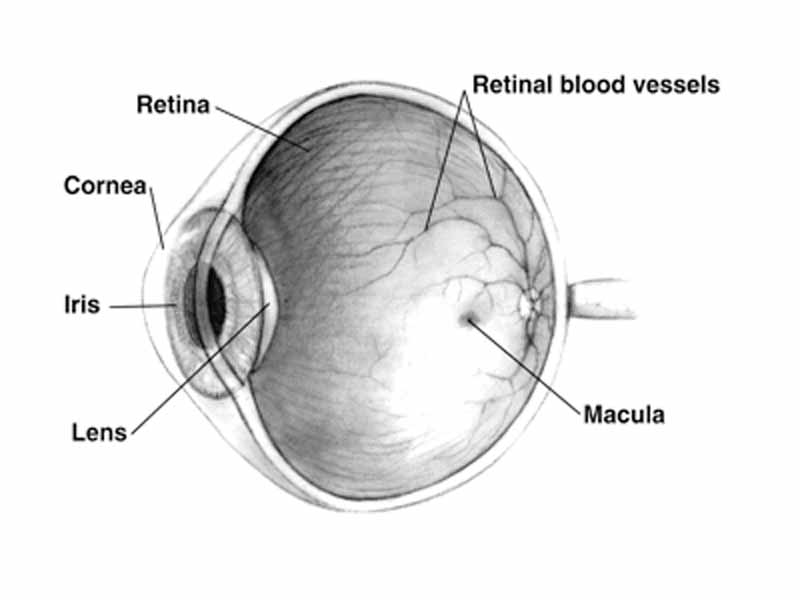Interdisciplinary Note (5 of 36)
Light entering the eye passes through the cornea, the aqueous humor, the pupil, the lens, vitreous humor, and then onto the fovea of the neural retina. The cornea and the lens are particularly important in focusing the light rays entering the eye to form a sharp image (a real image) on the retina. For near images, ciliary muscles must contract in the process of accommodation, allowing the lens to become more curved which bends the light rays to a greater degree. Often it is the case that a far sighted person's lens has lost its elasticity and doesn't round up as well. A nearsighted person's lens or cornea may have too much curvature, making it difficult to focus distant objects. The length of the eye may also be a contributing factor in far sightedness or near sightedness.
